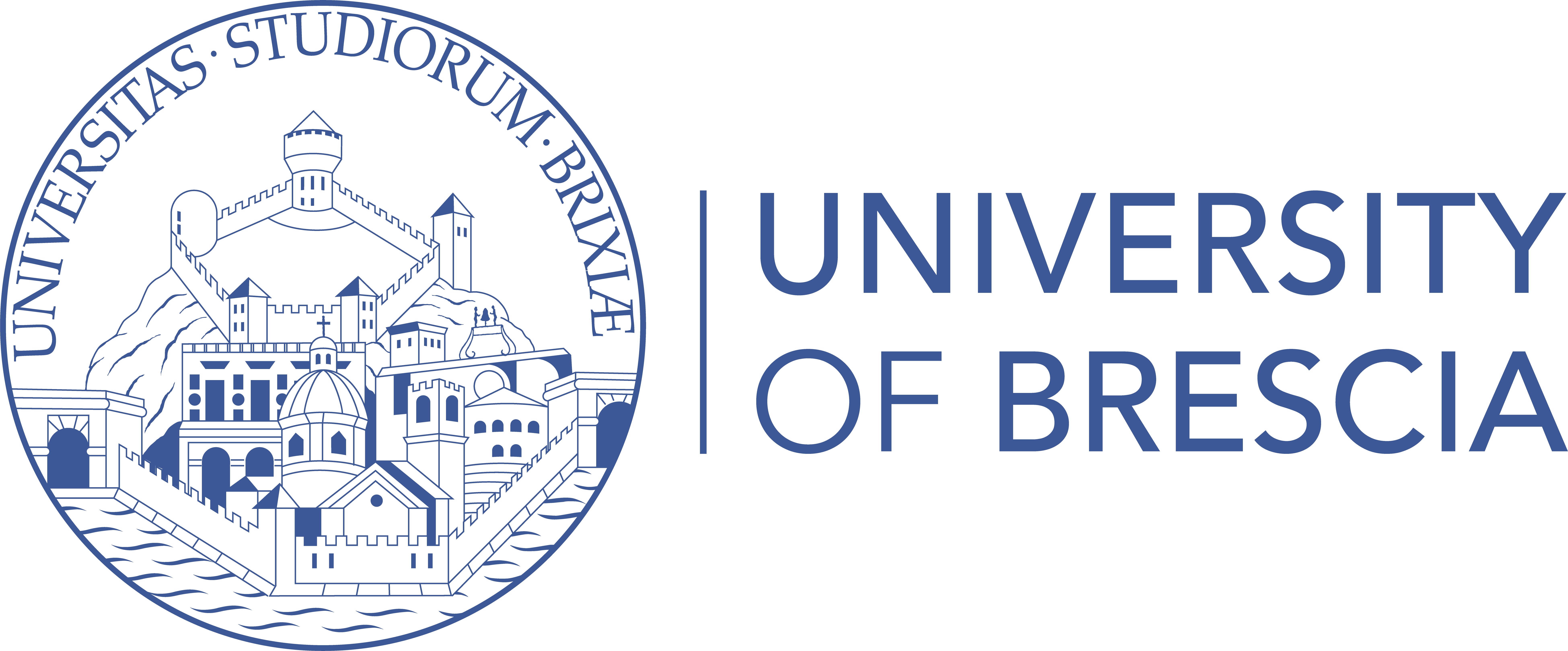Seminari
Martedì 11 Gennaio 2011 verranno presentati i seguenti
seminari in orario di lezione (inizio ore 8.45):
- Algo Carè:
Nozioni di Crittografia Quantistica
Abstract:
Come esempio delle potenzialità derivate dall'impiego della
meccanica quantistica quale innovativo strumento ingegneristico, si
presenteranno i tratti essenziali del protocollo BB84. D'altro canto,
cenni ad alcune problematiche connesse suggeriranno il tenore delle
(fruttuose) complicazioni matematiche, modellistiche e tecnologiche
inevitabilmente sottese dall'implementazione di protocolli quantistici e
dalla loro analisi.
- Federico Cerutti:
On the Verification of Cryptographic Protocols
Abstract:
In questa presentazione si vuole fornire un'introduzione alla
verifica di protocolli crittografici. A fronte di una discussione sulle
tecniche tradizionali in questo campo, si analizzerà in dettaglio una
recente proposta di verifica di protocolli crittografici mediante logica
non-monotona esemplificandola con uno specifico protocollo. Saranno
inoltre fornite le conoscenze di logica matematica necessarie per
comprendere questo approccio innovativo.

